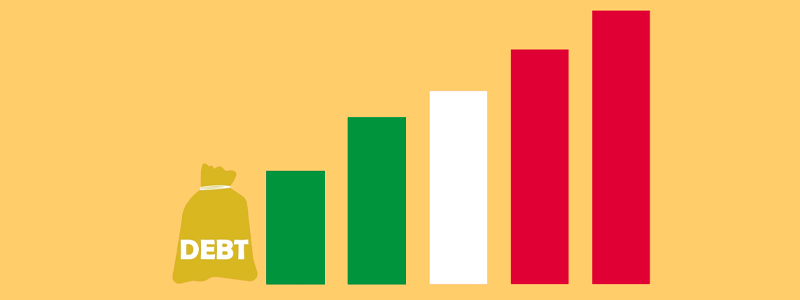
Week 19 / Aug. 25, 2024 Uncertainties remain at the geopolitical level, and areas of crisis are now infamous. On the one hand in the Middle East, Israel has launched a massive missile attack on Hezbollah positions in Lebanon, which is to be considered preemptive of possible imminent aggression. On the other, Ukrainian forces continue to push into Russian territory in the Kursk region, where hundreds of soldiers are reported captured from the ranks of Moscow’s army, while the latter’s shelling of Ukrainian positions in both the Donbass region and the capital Kiev continues. Meanwhile, cease-fire negotiations continue between Israel and Hamas, which to date have failed to secure the desired results.
1. Markets
It is in this climate of uncertainty, however, that the market glimpses a first major brightening coming from overseas: at the Federal Reserve meeting at Jackson Hole, in fact, Chairman Powell announced the start of the path that will lead to interest rate cuts in the United States. As for major commodities, oil prices experienced a sudden flare-up following a supply halt by Libya, while gold continues to update highs. Major news stories of the past week include thearrest in Paris of Pavel Durov, CEO of Telegram: the indictment, in fact, charges him with twelve crimes related to organized crime, which can be traced back to the unregulated use of the same platform.
2. The main indices
Western markets moved up moderately overall, more restrained by the Nasdaq, which had made the biggest gains in the previous two weeks. The Nikkei also trended positive, despite the recovery of the yen.
More pronounced was the increase in the Chinese market, especially the Hong Kong marketplace. Mumbai still up and consolidating highs. The major indexes moved as follows during the week: Nikkei + 0.12 percent, Nasdaq + 0.05 percent, Dow Jones + 1.42 percent, FTSE Mib + 1.07 percent among others. Bond indexes continue to rise in the wake of positive news coming from central banks. Yields on the 10-year BTp now travel in the 3.40 % area, a marked decrease from the beginning of the year.
3. Major currencies
Please note that currency trends are compared with the value of the EURO. The U.S. dollar remains weak in the 1.1163 area along with the New Zealand dollar and the Canadian dollar.
On the other hand, unchanged from the previous week is the Australian dollar in the 1.654 area. The Mexican peso, after a slow and partial recovery, fell sharply and trades today at 21.66.
More stable, however, is the South African rand around 19.75. The Turkish lira continues its decline, in the 38.01 area: the currency has lost nearly 35 percent of its weight against the euro in 12 months.
Stable the Brazilian real. The ruble has suffered a sudden depreciation, and in the midst of volatility it trades (in a manner of speaking, since Western markets do not have access to the currency) around 102.70 while the Indian Rupee, after a significant decrease has started a sideways trend.






